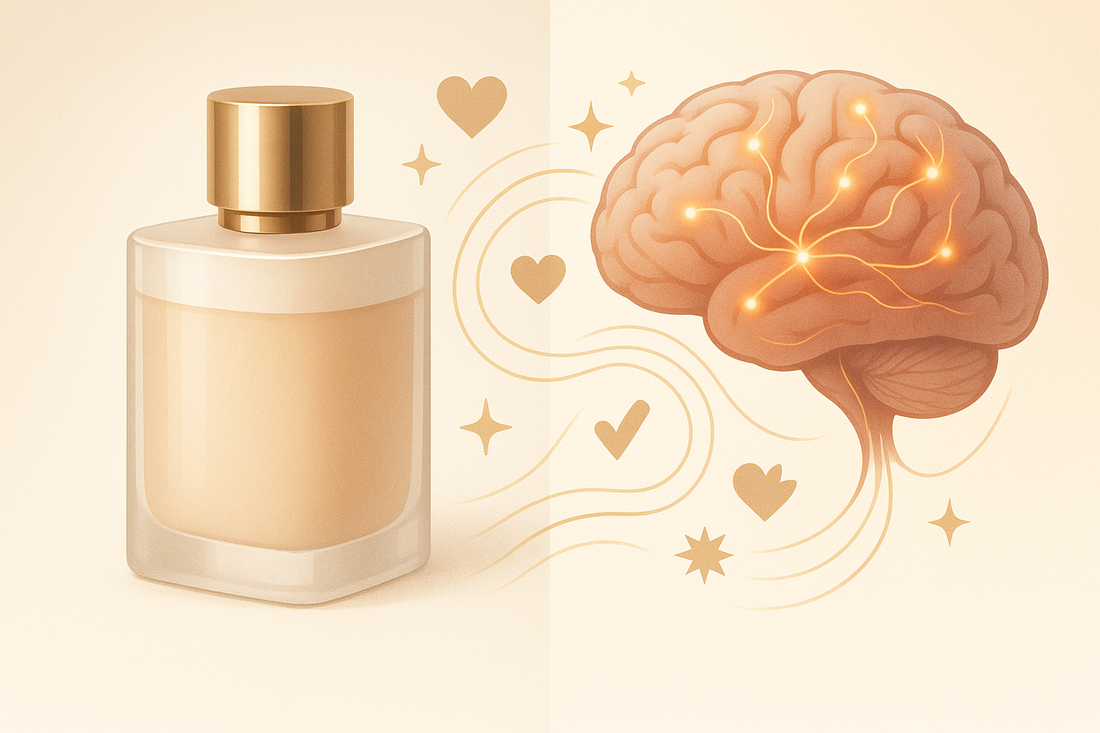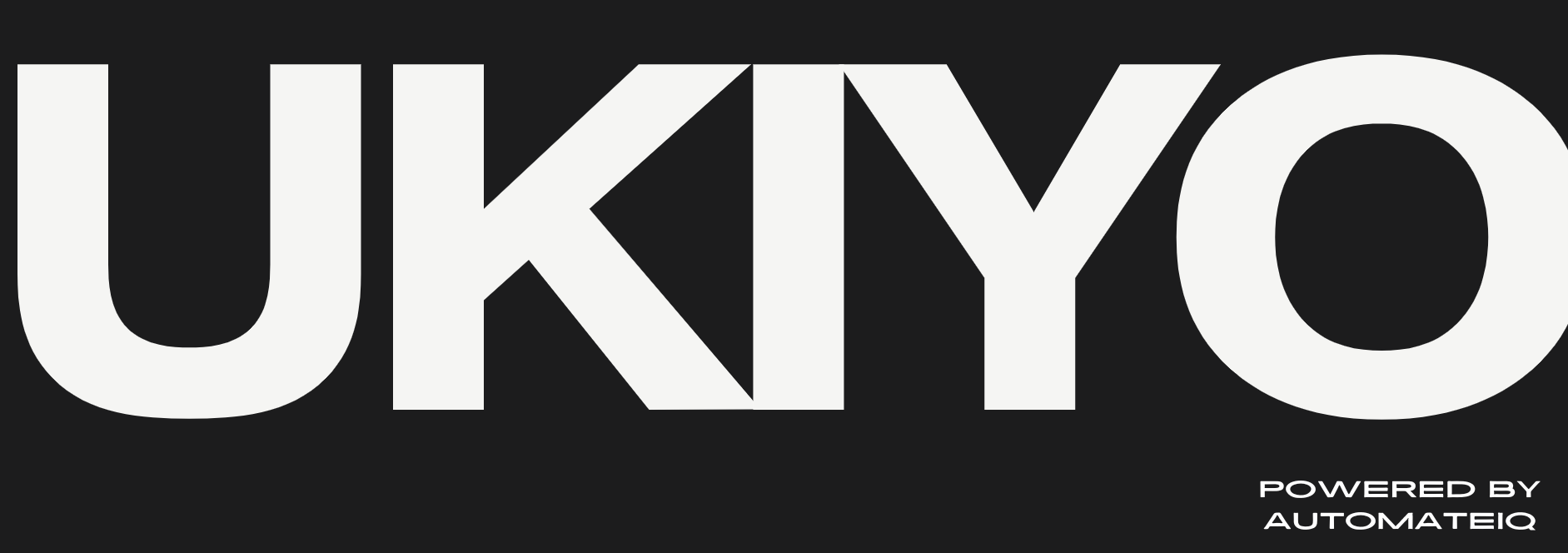Trust is no longer built solely through credentials or testimonials. In the aesthetic economy, design has become one of the most powerful forms of persuasion. Brands that appear visually sophisticated are perceived as more trustworthy, more innovative, and more valuable. The phenomenon is not abstract; it is deeply rooted in the cognitive patterns of how humans assess risk, credibility, and emotional safety through visual cues.
From high-converting landing pages to micro-interactions on a mobile app, every visual choice sends a psychological signal. In this post, we explore how the psychology of beauty directly shapes consumer trust and how brands can leverage visual clarity and aesthetic precision to improve performance across digital platforms.
The Halo Effect: Why Beautiful Brands Seem More Credible
The “halo effect” is a well-documented cognitive bias where people tend to attribute positive qualities to visually attractive individuals or objects. This same principle applies to brand experiences. If a brand looks polished and consistent, it is assumed to be professional, trustworthy, and high quality.
According to a McKinsey study, companies that prioritize design outperform their competitors by as much as 32 percent in revenue growth. The psychological underpinning of this data lies in how aesthetic coherence reduces friction and uncertainty, which are the two main barriers to trust in digital environments.
Visual identity, therefore, is not just an expression of taste. It becomes a cognitive shortcut for value judgment. When a consumer sees a beautiful website, consistent brand palette, and clean interface, they subconsciously feel safer, more respected, and more inclined to engage.
First Impressions Are Visual—and Fast
Research shows that users form a first impression of a website within 50 milliseconds. That impression is overwhelmingly based on visual design elements such as layout, typography, spacing, and color palette. These micro-decisions happen before a user even processes the content on the page.
This has serious implications for e-commerce and SaaS platforms. A poorly designed website triggers doubt and hesitation, whereas a clean, aesthetically aligned interface encourages exploration and action. Shopify’s user research confirms that visual clarity and consistency are directly linked to lower bounce rates and higher add-to-cart ratios (Shopify Blog).
Visual Language as Emotional Communication
Aesthetic design does more than attract attention—it creates emotional anchors. For instance, brands that use muted tones and soft typography convey calm and control, while those with high-contrast palettes and bold graphics suggest energy and confidence. These subtle design choices help position the brand in the emotional spectrum of the user’s mind.
This is particularly critical in emotionally loaded industries such as wellness, fashion, or tech innovation. In each case, consumers are not just buying a product—they are buying into an identity or aspiration. A coherent visual language allows brands to communicate that identity at a glance.
Ukiyo Productions taps into this intersection of design and emotion by offering branding and content activation services that integrate visual strategy with business goals. These services help creative-led and tech-forward companies develop aesthetic systems that reinforce their narrative and convert attention into action.
Clean UX Builds Cognitive Ease
The psychology of trust is also tied to a concept called “cognitive ease.” Humans tend to prefer things that are easy to process. This includes visual layouts that feel organized, familiar, and legible. When a website or app interface meets these criteria, users are more likely to trust the content and continue engaging.
This is why minimalist design continues to dominate in high-performing websites. White space, grid systems, and visual hierarchy are not simply trends; they are functional tools that reduce mental load. According to Backlinko’s UX benchmark analysis, sites with higher visual simplicity scores showed stronger metrics across engagement, time on page, and return visits.
Social Media Aesthetics and Performance
On visual-first platforms such as Instagram, Pinterest, and TikTok, aesthetic quality can significantly influence reach and engagement. Posts that are color-graded, cleanly composed, or stylistically consistent tend to outperform unbranded or off-theme content. This performance advantage stems from how users scroll—rapidly and intuitively—often stopping only when something “feels” trustworthy or emotionally resonant.
A creator in the fashion niche recently shared a case study via Influencer Marketing Hub showing that their branded video content, featuring consistent filters and font overlays, led to a 26 percent increase in watch-through rates and a 19 percent rise in click-throughs to the linked product page.
These results are not isolated. Visual strategy has become a measurable input in performance marketing. It shapes how well content is distributed by platform algorithms and how likely users are to interact with it.
The Trust Gap Between Aesthetic and Functional Brands
There is a widening divide between brands that prioritize aesthetics and those that don’t. In some sectors, this is creating a trust gap. A product may be technically excellent but visually outdated, which makes it harder to win attention or convert leads—especially among younger, design-sensitive demographics.
Conversely, visually elevated brands often enjoy higher customer retention, better email open rates, and stronger affiliate or influencer collaboration success. This is because brand visuals act as a kind of “social proof” that signals legitimacy without words.
A B2C tech founder noted that after applying a cohesive visual refresh across their onboarding emails, landing pages, and product UI—using templates from Ukiyo’s Product Launch Planner—they saw a 21 percent lift in user activation within the first week of signup.
Aesthetics in Digital Product Launches
In digital product ecosystems, where launches depend on speed and saturation, aesthetics can determine whether a campaign gets noticed or ignored. Visuals influence the click-through rate of the sales page, the credibility of the email funnel, and the shareability of launch announcements.
Brand systems that include color-coded modules, scalable templates, and clear visual identity across all assets tend to outperform ad hoc design efforts. A strategic approach to visuals, layered into automated workflows, helps ensure launch cohesion from start to finish.
This alignment between automation and aesthetic execution is central to Ukiyo’s approach. By integrating creative with operational tools, brands can execute launches faster without compromising on polish or performance.
Cultural Bias Toward Beauty
It is important to acknowledge that aesthetic preferences are also shaped by cultural context. What is considered “beautiful” varies across regions, subcultures, and industries. However, one universal truth remains: people respond positively to intentional design.
Psychologist Nancy Etcoff, in her research on beauty and its impact on perception, concluded that humans are evolutionarily wired to associate beauty with competence, safety, and even kindness. This applies not just to people, but to products and experiences.
For marketers and founders, this means design decisions are not purely stylistic—they are psychological and cultural acts of positioning.
Investing in Visual Trust
Building a visually trustworthy brand is not about chasing trends. It requires clarity of intention, consistency across touchpoints, and design choices that support the functional and emotional needs of the audience.
This includes choosing typefaces that feel appropriate to the brand’s voice, creating layout systems that anticipate user behavior, and designing visuals that reinforce the desired brand perception.
Those seeking to refine their aesthetic strategy often begin by auditing their current assets against user expectations. Tools and guides found within the Ukiyo resource library can support that process with clarity and structure.






0 comments